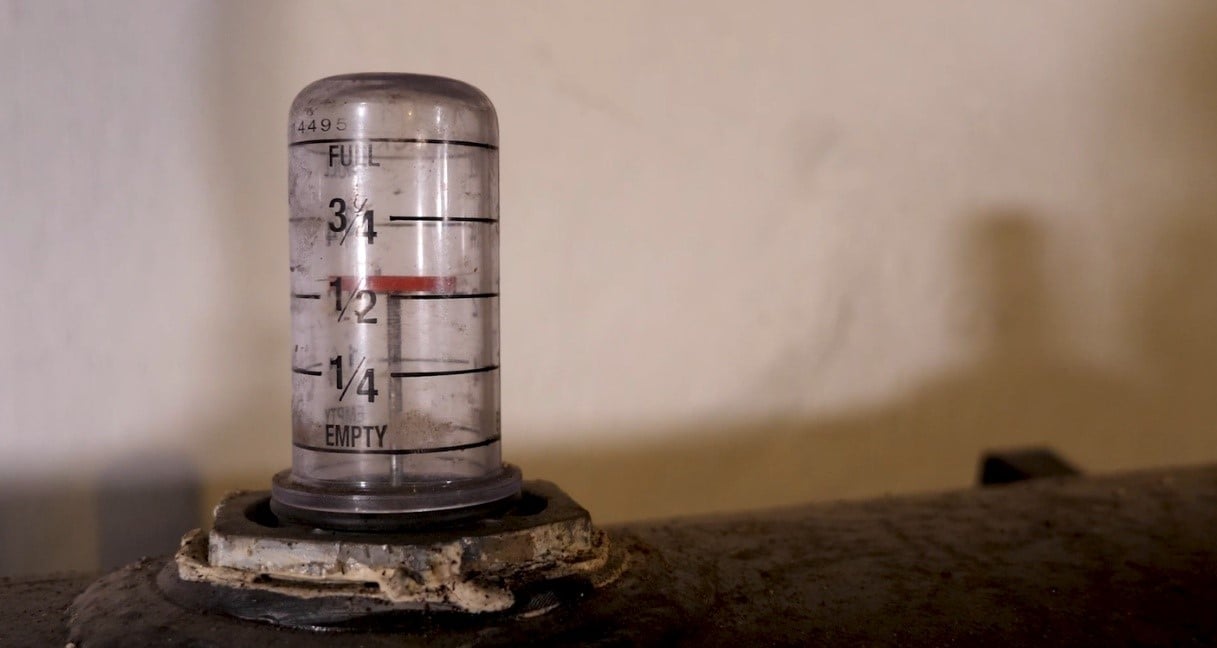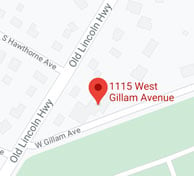Using fuel oil to heat your home is a great way to ensure a warm and cozy environment throughout the winter months. Unfortunately, one downside of heating oil compared to gas or electric heat is that you have to remember to fill your tank. With the demands of a busy schedule, it's easy to overlook the task of calling your oil provider. That's why we're covering four effective ways to monitor your oil usage and keep your home from going cold this winter.
4 Ways to Monitor Your Heating Oil Usage
1. Automatic Oil Delivery Program
ECI Comfort offers an automatic delivery program to take the hassle out of monitoring your oil levels and ordering refills. By monitoring your oil usage, we can schedule deliveries when your tank needs refilling. The best part is that you don't even need a service contract! Payments are also automatic, providing additional discounts.
But how do we magically know when you need oil? Well, our office computer program uses something called K-factor. Put simply, it takes into account the daily temperature in your specific zip code and how much oil you use per "degree day." After a few deliveries, the system can better estimate your oil usage and when you need a delivery. It also considers if you use oil for heat only or both heat and hot water. Finally, we always fill your tank so that we have a good baseline for your oil levels and ensure you never run out of oil.
2. Standard Tank Gauge
 Most tanks have a standard gauge to show your oil level. It typically consists of a float, which is buoyant and rises or falls with the level of the liquid in the tank, and a gauge that indicates the position of the float. The gauge is usually mounted on the top of the tank or on the side where it can be easily read. The gauge might have a numerical scale or markings (such as "Full," "1/2," and "Empty") to indicate the oil level.
Most tanks have a standard gauge to show your oil level. It typically consists of a float, which is buoyant and rises or falls with the level of the liquid in the tank, and a gauge that indicates the position of the float. The gauge is usually mounted on the top of the tank or on the side where it can be easily read. The gauge might have a numerical scale or markings (such as "Full," "1/2," and "Empty") to indicate the oil level.Unfortunately, the gauge can get dirty and stop working, leaving you clueless when it comes to oil levels. It may also be confusing to read, or you might simply forget to check it.
3. Sonar Tank Gauge
If your standard gauge isn't cutting it, you can opt for the next step up: a sonar gauge. This gauge sits on the top of your tank and sends a ping two to three times a day to the small controller. The controller gets plugged into an outlet, so it's a good idea to put it in an area of your house where you will always see it (e.g. the kitchen or the bedroom).
The gauge sends alerts to the controller which has levels on it just like the gauge in your car. The levels show "Full," "3/4", "1/2," "1/4", and "Empty". Once you get to about 1/4 tank, a red light will pop up on the controller to further alert you that your oil level is getting low.
4. Smart Tank Gauge

The more advanced sonar gauge is a smart gauge that connects to an app on your phone. The gauge can even talk to your oil provider's computer, giving an even more accurate estimation of when you need a delivery.
Besides just informing you on your oil levels, the app shows how much oil you use per day. This shows you the exact amount of oil consumed by your heating system, allowing you to track your usage patterns and make informed decisions about your energy consumption. By having access to this valuable information, you can identify any sudden increases in oil usage, which may indicate a potential issue with your heating system or insulation. By opting for an automatic oil delivery program, checking your standard tank gauge, or installing a sonar or smart tank gauge, you can effectively monitor your oil usage and stay warm all winter long.
By opting for an automatic oil delivery program, checking your standard tank gauge, or installing a sonar or smart tank gauge, you can effectively monitor your oil usage and stay warm all winter long.
 By opting for an automatic oil delivery program, checking your standard tank gauge, or installing a sonar or smart tank gauge, you can effectively monitor your oil usage and stay warm all winter long.
By opting for an automatic oil delivery program, checking your standard tank gauge, or installing a sonar or smart tank gauge, you can effectively monitor your oil usage and stay warm all winter long.If you live in the Delaware Valley/Greater Philadelphia area and would like to find comfort within your home, visit our website or give us a call at 215 - 245 - 3200 to learn more.




